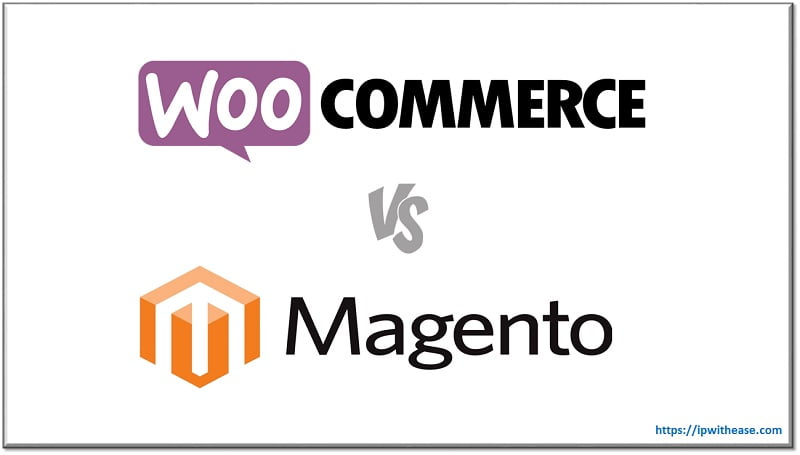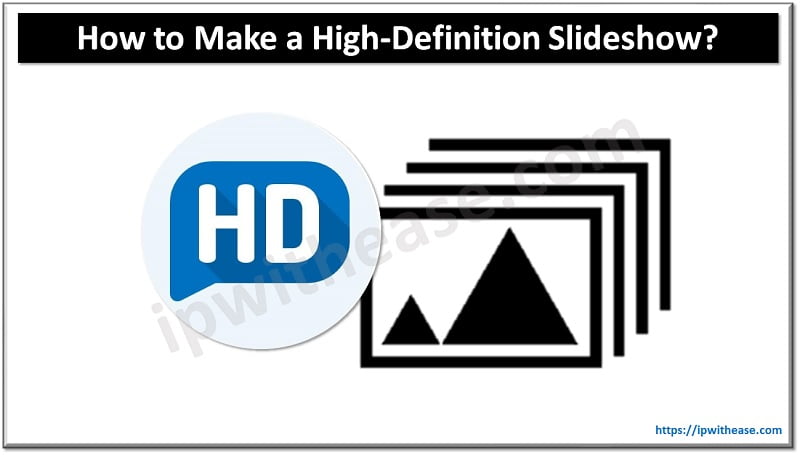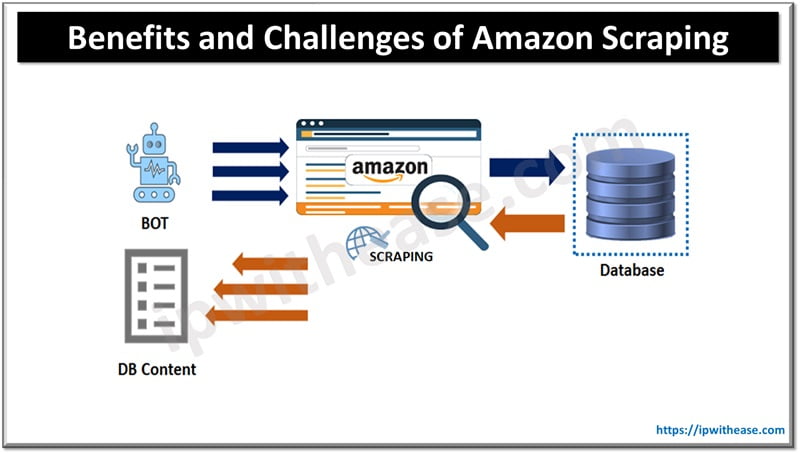You have decided to open an online store, but now another question arises – on which platform? There are a fair number of options, but often the choice comes down to two popular ones – WooCommerce and Magento.
So which CMS should you choose? To answer this question, you need to know the basic functionality and platform differences. In short, they are both designed to work with online stores, but the way of managing each of them is different.
What is WooCommerce?
WooCommerce is an open-source e-commerce plugin developed for WordPress and designed for both small and large online stores powered by this CMS.
WooCommerce launched on September 27, 2011, and since then the plugin has had over 5 million installs – free, WP integration, and scalability is the main reasons for its popularity.
What is Magento?
Magento provides all the possibilities for the development of online stores because it has a content management system with source code. This cm is based on PHP and ZendFramework technologies. The Magento system is very convenient, both for administrators and users (buyers) of the site.
Thanks to a large selection of tools and wide functionality, Magento is in demand among online store developers.
Today, more than 250 thousand online stores use the platform – yes, the figure is not as large as that of WooCommerce, but also impressive. Magento development agency will always help in creating a store.
Advantages of Open Source Systems
The advantage of complete openness is that everyone can make changes and improvements to the product. This gives the platform unlimited possibilities in terms of development and functionality, and any enthusiast with a desire to help can contribute.
As a rule, a lot of instructions and tutorials are created for the platform, and it is very easy to find the answer to any question on the forums since the openness of the system is actively discussed among users.

WooCommerce vs Magento: Key Features
Key Features of WooCommerce
WooCommerce is a plugin with a fairly wide range of features, including:
- free environment;
- support for an unlimited number of products;
- support for over 95% of WordPress themes;
- wide basic settings;
- both paid and free add-ons – many options;
- basic functions to ensure the security and protection of your online store;
- simple control;
- built-in own blog for author’s content and marketing promotion.
Key features of Magento
Magento eCommerce is a variable online store management system, the main features, and benefits of which are:
- free version;
- additional premium services;
- self-hosting sites on the free version;
- hosting for the premium version;
- unlimited number of products;
- customizable base theme;
- advanced security features;
- system updates;
- more difficult to work with – basic knowledge of a web developer is required.
What WooCommerce Offers
Pros:
- the ability to create an online store without investments, except for hosting costs;
- if you have worked with WordPress, then working with WooCommerce will not be difficult;
- the extension system is based on the WordPress plugin format;
- support for any payment system;
- the vast majority of WordPress themes support WooCommerce;
- easy integration with Google Analytics via extension;
- support for SSL certificates.
In 2022, WooCommerce was the leading e-commerce platform with a share of 36.68%.
Minuses:
- if you have no experience with WordPress, you will have to study two platforms at once;
- The basic functionality of WooCommerce is free, but some additional options with specifics are available only after payment.
What Magento Offers
Magento has a free version for users, but it is inferior in features to a paid product. For a fair comparison, we can consider the free version:
Pros:
- unlimited products for maintenance;
- an API can be connected to any of the sides of the platform;
- the opportunity to work for both large and small stores, thanks to the scale accounting;
- accounting for scalability, which allows both small and large stores to work;
- well-designed ordering process;
- the ability to immediately work with PayPal, Authorize.net, and Braintree payment services.
Minuses:
- greater focus on developers than on start-up entrepreneurs;
- own ecosystem that needs to be studied;
Conclusion
There are many opinions when it comes to WooCommerce and Magento. Both platforms offer a lot of features and can give you everything you need to create an online store.
A versatile option is WooCommerce: it’s easier to set up, learn, and operate. Magento also provides more opportunities for making a large project. The decision will depend on the type of project you want to implement, budget, ease of use, scalability, manageability, and other factors.
Continue Reading:
10 Best SEO Tools You Can Use to Get an Edge On Competition
10 Best Digital Marketing Tools for Small Businesses
ABOUT THE AUTHOR
IPwithease is aimed at sharing knowledge across varied domains like Network, Security, Virtualization, Software, Wireless, etc.



